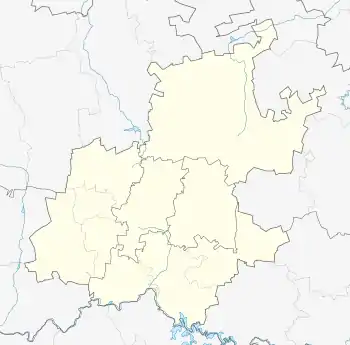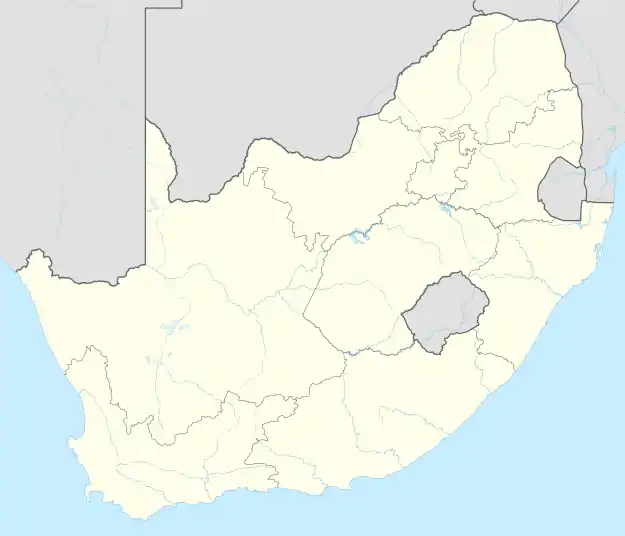Birdhaven | |
|---|---|
 Birdhaven  Birdhaven | |
| Coordinates: 26°08′23″S 28°03′18″E / 26.13972°S 28.05500°E / -26.13972; 28.05500 | |
| Country | South Africa |
| Province | Gauteng |
| Municipality | City of Johannesburg |
| Main Place | Johannesburg |
| Established | 1949 |
| Area | |
| • Total | 1.08 km2 (0.42 sq mi) |
| Population (2011)[1] | |
| • Total | 984 |
| • Density | 910/km2 (2,400/sq mi) |
| Racial makeup (2011) | |
| • Black African | 29.9% |
| • Coloured | 1.3% |
| • Indian/Asian | 6.8% |
| • White | 59.8% |
| • Other | 2.2% |
| First languages (2011) | |
| • English | 65.7% |
| • Zulu | 6.8% |
| • Tswana | 6.0% |
| • Afrikaans | 5.9% |
| • Other | 15.6% |
| Time zone | UTC+2 (SAST) |
| Postal code (street) | 2196 |
Birdhaven is a suburb of Johannesburg, South Africa. It is adjacent to the suburb of Melrose. It is located in Region E of the City of Johannesburg Metropolitan Municipality.
History
The suburb is situated on parts of the old Witwatersrand farms called Syferfontein and Zandfontein.[2] It would be proclaimed as suburb on 8 October 1949 and its name is derived from either the bird sanctuary next door or Jack Bird Barregar and the company Bird Investments.[2]
References
This article is issued from Wikipedia. The text is licensed under Creative Commons - Attribution - Sharealike. Additional terms may apply for the media files.